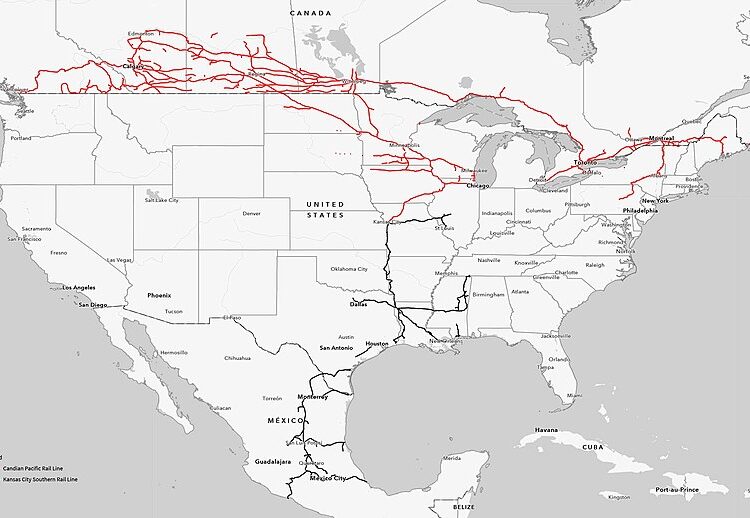Big shifts in living and working patterns are leading to longer commutes
- Commutes of over an hour to the office are becoming more common in the US
- Rising housing costs and hybrid work are driving longer commutes
- Super commutes of 75 miles or longer have grown by nearly a third since 2020
- Younger employees and high earners are choosing to live farther away from their offices
- The movement away from urban centers has been happening for decades
The American worker is making peace with longer commutes as big shifts in living and working patterns are leading to more common and even more palatable drives to the office that take over an hour. Rising housing costs have prompted many people to move farther away from city centers, while the staying power of hybrid work means they don’t have to drive into work every day. According to research from Stanford University, the share of super commutes, which are commutes of 75 miles or longer, has grown by nearly a third since 2020. This trend is happening all over the country, with cities like Washington, D.C., New York City, Phoenix, and Dallas seeing the biggest increases in long commutes. Younger employees and high earners are choosing to live farther away from their offices, and the movement away from urban centers has been happening for decades. These longer commutes are made more bearable by the adoption of hybrid work, allowing employees to work from home on certain days. While longer commutes can be grueling, many workers are finding ways to make them more tolerable, such as listening to audiobooks or podcasts during the drive. Some employers are also offering vanpool services to help employees commute from longer distances. Overall, the American worker is adapting to longer commutes as part of the changing landscape of work and living arrangements.·
Factuality Level: 7
Factuality Justification: The article provides information based on research from Stanford University and other reputable sources. It discusses the trend of longer commutes due to factors like rising housing costs and the shift to hybrid work. The personal anecdotes and data presented support the main points effectively.·
Noise Level: 3
Noise Justification: The article provides a detailed analysis of the trend of longer commutes due to rising housing costs and the shift to hybrid work. It includes data from research studies and examples of individuals experiencing super commutes. The article stays on topic and supports its claims with evidence. However, some repetitive information and anecdotes could be considered as filler content.·
Public Companies: Stanford University (-), INRIX (-)
Private Companies: Inteplast Group,Enterprise
Key People: Craig Allender (Managing Director of an engineering company in Oakland), Nick Bloom (Economist at Stanford University), Alex Finan (Economist at Stanford University), Heather Adams (Product Engineer for a large agricultural company), Liz Wilke (Principal Economist at Gusto), Bob Pishue (Transportation Analyst at INRIX), Stephanie Shui (Corporate Strategy Executive), Daniel Montgomery (Plant Manager at Inteplast Group)
Financial Relevance: Yes
Financial Markets Impacted: Housing costs, transportation services (e.g., vanpools)
Financial Rating Justification: The article discusses the impact of rising housing costs and changes in work arrangements on commutes, which can affect both housing markets and companies offering transportation services to retain employees.
Presence Of Extreme Event: No
Nature Of Extreme Event: No
Impact Rating Of The Extreme Event: No
Extreme Rating Justification: ·
 www.wsj.com
www.wsj.com 





